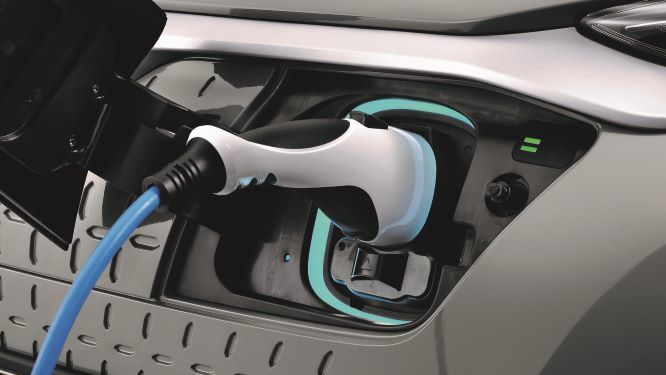In May, 54,042 new electric vehicles were registered in Germany. At 337 percent, the increase was particularly high, partly due to the rather weak month in the previous year. In the first five months, 247,763 new electric vehicles hit the roads. The number more than tripled compared with the same period last year (up 230 percent). They account for 22 percent of the total market. This included 115,296 battery-powered electric cars (up 219 percent) and 132,257 plug-in hybrids (up 241 percent).
Reinhard Zirpel, President of the Association of International Motor Vehicle Manufacturers (VDIK), emphasized: “Electric vehicles are becoming increasingly popular among German car buyers. Since the beginning of the year, more than every fifth new car is an e-vehicle. In order not to jeopardize this success, the Federal Government should now confirm the announced extension of the innovation premium in the corresponding ordinance as soon as possible.”
The VDIK regularly updates the list of electric vehicles from international manufacturers. The VDIK member companies currently offer around 120 electric models, including passenger cars and commercial vehicles) that customers can order in Germany. The VDIK electric list can be accessed here.
Demand for vehicles with alternative drives overall also increased in the first five months. There were 428,408 new electric cars, hybrids with and without plugs, mild hybrids and gas passenger cars registered. That’s an increase of 154 percent. In May, 92,321 new vehicles with alternative powertrains were registered (up 218 percent). It should be noted that hybrids include a growing number of mild hybrids that cannot drive fully electric. It is not yet statistically possible to distinguish between full and mild hybrids.
In the overall passenger car market, the balance continues to shift toward alternative drive systems. In the first five months, they accounted for 38.4 percent of the total market. Gasoline engines also accounted for 38.4 percent. Less than one in four new cars is a diesel (23.3 percent).
| May | January – May | |||||
|---|---|---|---|---|---|---|
| +/- (%) | +/- (%) | Share of total car market | ||||
| BEV | 26,786 | 380 | 115,296 | 219 | ||
| PHEV including: |
27,222 | 303 | 132,257 | 241 | ||
| PHEV – Petrol | 25,944 | 322 | 121,820 | 252 | ||
| PHEV – Diesel | 1,278 | 111 | 10,432 | 151 | ||
| FCEV | 34 | 31 | 210 | 94 | ||
| Electric Vehicles (total) | 54,042 | 337 | 247,763 | 230 | 22 | |
| HEV including: |
37,145 | 131 | 175,577 | 95 | ||
| HEV – Petrol | 23,547 | 117 | 109,750 | 86 | ||
| HEV – Diesel | 13,597 | 160 | 65,825 | 111 | ||
| CNG | 516 | 37 | 2,121 | -24 | ||
| LPG | 618 | 209 | 2,947 | 419 | ||
| Alternative Drivetrains (total) | 92,321 | 218 | 428,408 | 154 | 38.4 | |
| Petrol | 86,855 | 1 | 428,512 | -15 | 38.4 | |
| Diesel | 51,456 | -3 | 259,814 | -18 | 23.3 | |
Source: KBA, VDIK
Glossar
Elektrofahrzeuge: BEV, PHEV und FCEV
BEV, Batterieelektrisches Fahrzeug, engl: Battery Electric Vehicle
PHEV, Plug-In-Hybrid, engl: Plug-In Hybrid Electric Vehicle
FCEV, Brennstoffzellenfahrzeug / Wasserstofffahrzeug, engl.: Fuel Cell Electric Vehicle
HEV, Hybride ohne Stecker bzw. nicht aufladbar, engl.: Hybrid Electric Vehicle
CNG, Gasförmiges Erdgas, engl: Compressed Natural Gas
LPG, Flüssiggas bzw. Autogas, engl: Liquified Petroleum Gas





